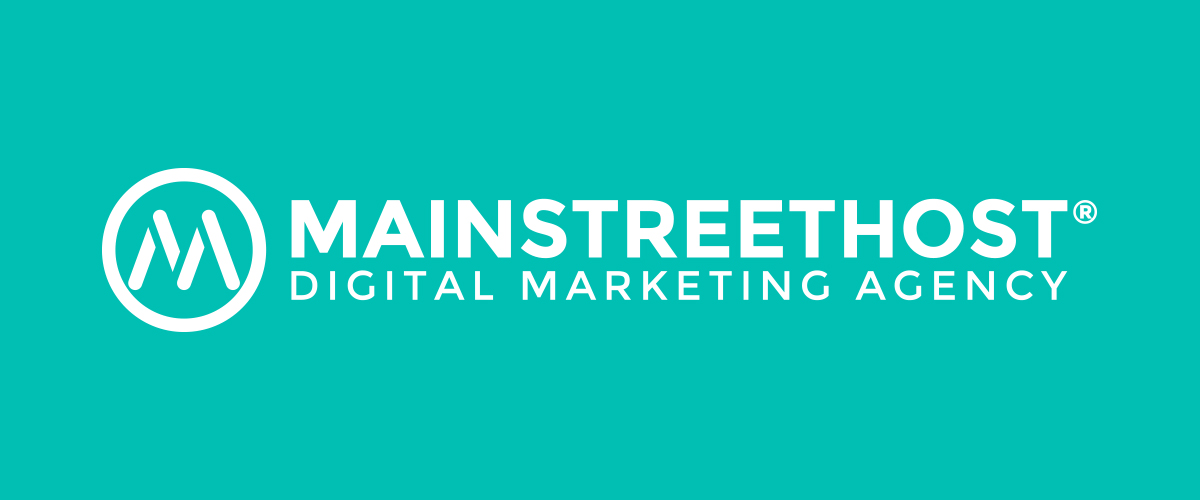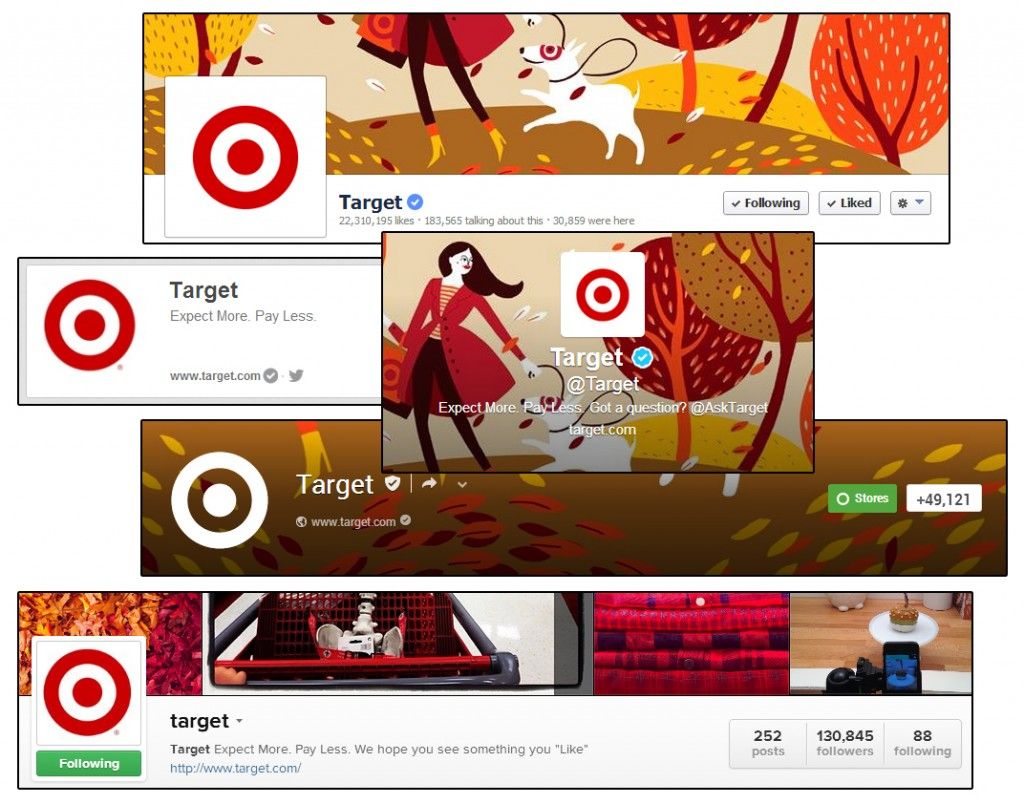Every time I go to Target, it’s a whirlwind. Upon entering, I’m on a mission to find everything I am looking for, and more. I have to admit, I generally make a trip to Target once a week. Whether I’ve decided to redecorate my bedroom, need a new pair of shoes (or two), or need to stock up on some household necessities, I head over to Target. After all, where else would I go? If I can’t find what I’m looking for there, I’m not going to find it.
OK, so that’s an exaggeration, but like many other women my age, I view Target as one of the best “inventions” of the 21st century.
(Image Source: My Life Through Kristen Wiig)
At a time when the economy is not at its best and the number of unemployed college graduates is somewhere around 40 percent, we’re always looking for quality and affordable products. While we would all love to have the best of the best, sometimes it’s not possible. However, with the establishment and growing popularity of department stores, namely Target, we can outfit our homes and ourselves on a budget with excellent goods.
Target has built a great brand, a brand that is widely known and loved. They’re an example of how to build your organization and ensure your audience knows who you are. I can’t stress enough the importance of branding when it comes to running a business, and far too many times I see businesses, both large and small, that miss the concept of branding. It’s more than a logo and products; it has to do with everything you do, from your website to your blog, email newsletters, social media and your traditional marketing such as ads and TV commercials.
Across these mediums, you must stay consistent with your brand message and voice. This is how you portray your brand through words and images. Part of this is knowing who your audience is, but it also has a great deal to do with knowing what your brand stands for and making that clear to your audience. What’s your mission and why should people choose you over your competition are two questions every brand should ask and be able to answer. As a brand, if you can’t answer these two very basic questions, you might seriously want to re-think your overall goal as an organization.
Although Target is not the only department store to reach a vast audience, they have effectively branded themselves by creating, implementing and executing their marketing strategy, traditionally and digitally. Tackling and executing traditional and digital marketing is not always easy, and at one time, traditional channels of marketing including print, radio, billboard and television advertisements were enough. However, the time of purely traditional marketing is over. To be a successful brand, you must have an online presence. This marriage of traditional and digital marketing is a concept some have been slow to grasp, but Target is an example of how to go about it.
While it’s no easy feat to have continually successful digital and traditional marketing campaigns, Target knows what they’re doing. One reason for this is brand consistency. Across all mediums and platforms, Target stays true to its brand and mission. “Expect More. Pay Less.” is synonymous with Target, which it should be as it’s their company tagline. More than that, it’s their culture.
Incorporating all aspects of their mission into their marketing strategy has proven successful for the organization, especially in the past year. With a focus on providing quality, affordable products and excellent customer service, while determined to give back to the community and celebrate diversity, Target clearly understands what their consumers value. This is not only evident in their mission statement, but it’s illustrated in everything they do.
Target’s ability to stay true to their brand is astounding. From their website to their social media platforms and even their weekly coupons, when you see the white and red target logo, you know to whom it belongs: Target (and, if you are a Target- aficionado like me, your heart may beat a little faster every time you see the red and white bull’s eye). Consistent on all platforms, Target’s logo is simplistic and yet it completely delivers the perfect message for the brand. They literally hit the bull’s eye, every time (pun intended). Despite some disconnect between the stores and the online store, Target is moving in the right direction, especially when it comes to digital marketing.
Let’s Take a Look at Some of Their Social Media Networks:
Even if the word “Target” was nowhere to be found, you would know that these pages belonged to Target. Part of this is due to brand consistency, but it also has a great deal to do with the fact that Target has made themselves a household brand name. Scroll through their various social media networks. You will see their consistency across the platforms and I truly appreciate this. Other brands who are embracing their logos (sans text) include Starbucks, Twitter and Walmart. These brands are also making their social media networks uniform, displaying stand-alone, text-free logos as their profile pictures and main identifiers.
On each network, Target has been successful in choosing the perfect content to share and display. I visit their Pinterest boards for new ideas for outfits or my home’s décor, and browse their Twitter feed for blog post updates and other Target-related news and information. Instagram is great for decorating and holiday inspiration, and Facebook offers a little bit of everything: style advice, savings, inspiration and news.
With their efforts to incorporate social media into their marketing strategy, Target is grooming the next few generations to expect more from retail. Just look at last spring’s noteworthy integrated campaign to promote Justin Timberlake’s exclusive edition of “The 20/20 Experience” album for Target, and the premiere of their holiday campaign last week, “#MyKindOfHoliday”. With each campaign, it’s clear that Target understands their audience. They know they aren’t only watching TV and looking at newspaper ads, but they are online, on social media and on their phones.
Time will tell if their latest marketing campaign will have the reach and success of the Timberlake campaign, but it won’t be for lack of trying to make a multi-channel presence. Regardless of how others view Target’s marketing efforts, for me they are a success. After all, every time I leave Target following my whirlwind shopping experience, my bank account weeps; they must be doing something right.




